  What's New! Detailed Sitemap All images © by Roberto Piperno, owner of the domain. Write to romapip@quipo.it. Text edited by Rosamie Moore. |
|
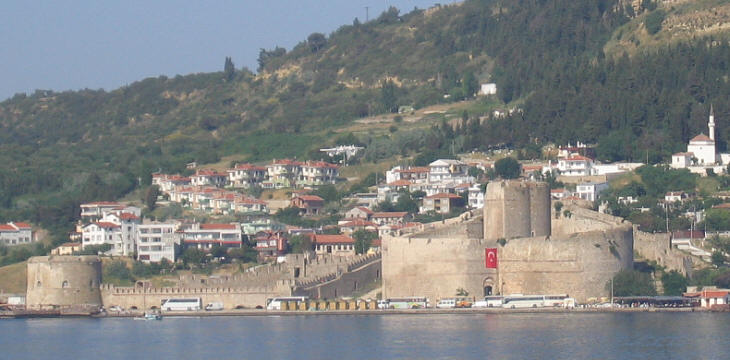 | ||
Kilitbahir è una fortezza caratterizzata da una forma unica. L'architetto del sultano lavorò di compasso per creare le sue complesse linee curve che forse spiegano il nome dato alla fortezza: Kilitbahir (la chiave del mare).
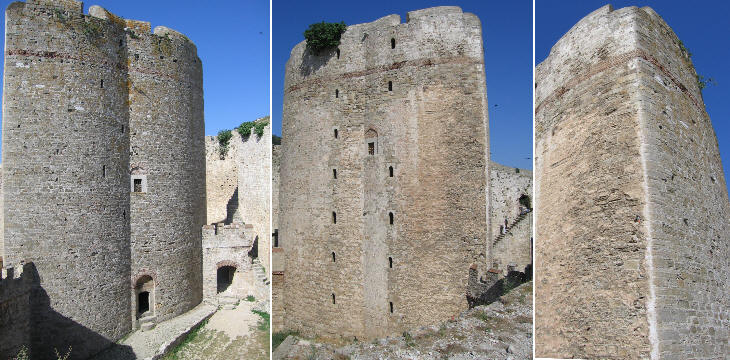 | ||
Una torre alta sette piani serviva sia da alloggio della guarnigione che da punto di osservazione che consentiva di scorgere l'arrivo di navi nemiche. Ha una apparente forma triangolare ma in realtà i lati sono la risultante di due linee convesse.
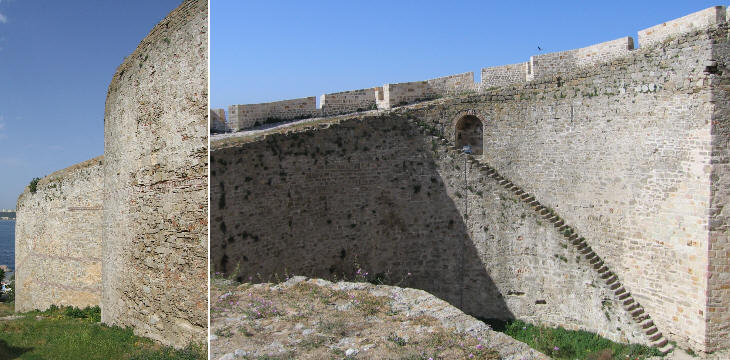 | ||
Le mura furono costruite lungo la circonferenza di tre cerchi adiacenti con un risultato che anticipa aspetti dell'architettura moderna.
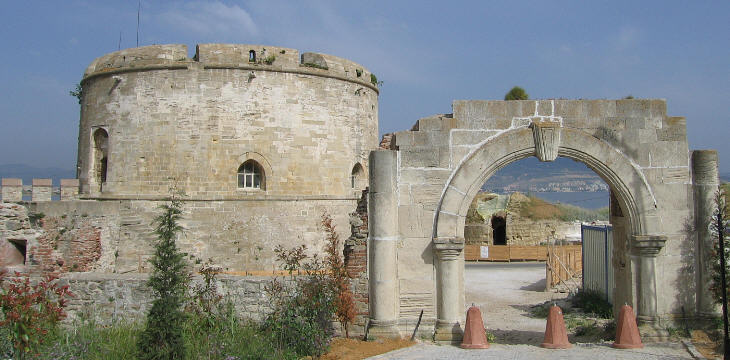 | ||
La prima guerra tra Ottomani e Veneziani dopo la conquista di Costantinopoli scoppiò nel 1463 e durò fino al 1479. Nel 1469 i Veneziani si impadronirono delle isole di Lemno e Imbro e minacciarono di tentare un attacco verso Costantinopoli, ma nell'anno seguente una flotta ottomana conquistò l'isola di Negroponte in mano ai Veneziani, dimostrando così per la prima volta che il sultano poteva muover guerra anche sul mare.
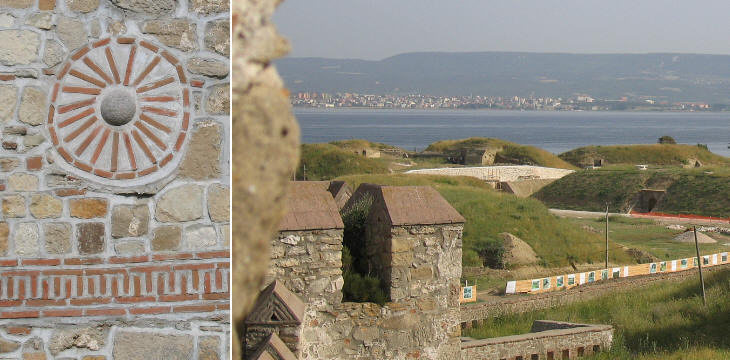 | ||
Nelle successive tre guerre tra Veneziani ed Ottomani (1499-1502/1537-41/1570-73), la Serenissima perse molti dei suoi possedimenti in Grecia e non fu in grado di minacciare le fortezze che controllavano i Dardanelli. Nel 1645 gli Ottomani dichiararono guerra a Venezia per conquistare Candia, l'ultimo grande possedimento veneziano nell'Egeo. La loro spedizione fu un successo e in pochi mesi conquistarono l'isola con l'eccezione della capitale e di alcune piccole fortezze.
Le cose presero una brutta piega per gli Ottomani quando i Veneziani reagirono inviando al loro flotta a bloccare i Dardanelli. Il tentativo riuscì e anno dopo anno il blocco fu ripetuto interrompendo i rifornimenti di cereali che Costantinopoli riceveva dall'Egitto.
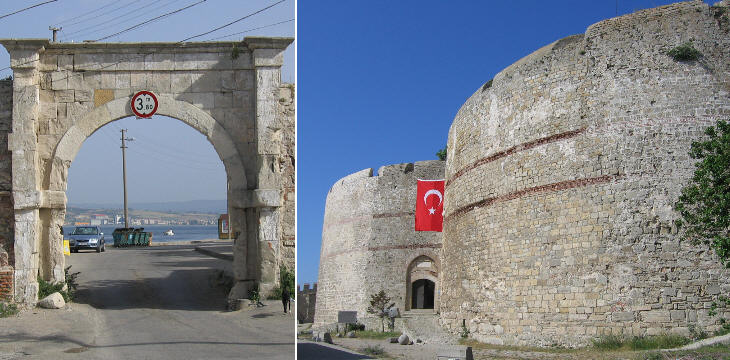 | ||
Gli Ottomani si resero conto che se le loro fortezze impedivano ai Veneziani di penetrare nel Mar di Marmara non riuscivano ad evitare che il nemico si attestasse all'ingresso dei Dardanelli al di fuori della portata dei loro cannoni ma in una posizione dalla quale le loro galeazze (vere e proprie fortezze galleggianti) potevano fermare i convogli diretti a Costantinopoli.
Fortresses of the Sultans - Introduction
Fortresses built before 1453:
1 - Anadolu Hisar
2 - Rumeli Hisar
Fortresses built after 1453 and before 1657:
3 - Kale Sultanieh
4 - Kilitbahir
Fortresses built after 1657:
5 - Seddulbahir
6 - Imbro
7 - Tenedo
 Kilitbahir
Kilitbahir